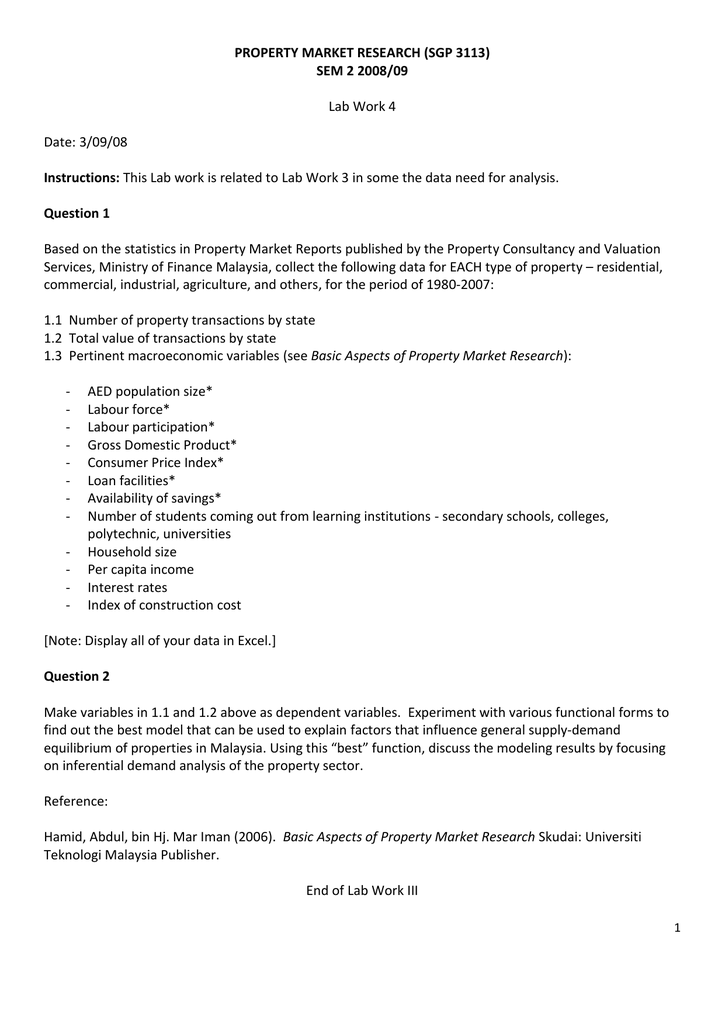1: Introduction 2: Descriptive Statistics 3: Population Model 4: Statistical Inference 5: Central Limit Theorem 6: Application 7: Conclusions. Statistical Inference - Central Limit Theorem. Now let's consider instead using the Central Limit Theorem for a Sample Proportion (as opposed to simulation) to approximate this probability.

- Lab assignment 4 of Embedded System. Contribute to Lyther/Lab4 development by creating an account on GitHub.
- Powered by CourseCompass (Pearson Education's online teaching and learning environment) and MathXL(R) (our online homework, tutorial, and assessment system), MyMathLab gives you the tools you need to deliver all or a portion of your course online, whether your students are in a lab setting or working from home.
(5 points)
Last Name: _______________________ First Name: _______________________
Instructions:
Fill in the table below with the appropriate terms. For the remaining exercises, label the designated structures.
(1 point)
| Name of a structure | is | directional term | to | Name of the second structure |
|---|---|---|---|---|
| pons* | is | anterior | to | cerebellum* |
| corpus callosum | is | superior | to | |
| is | inferior | to | hypothalamus | |
| precentral gyrus | is | anterior | to | |
| is | superficial | to | diencephalon | |
| interthalamic adhesion | is | medial | to | |
| is | superior | to | pons |
Label the sulci, gyri, and lobes of the cerebrum. (1 point)
Publisher Lab 4 4 4 2 Aluminum Wire
Label the major structures of the brain. (1 point)

Label the ventricles and passageway of CSF through the brain. (1 point)
Label the cranial nerves. (1 point)
- 5Additional Resources
Clinical Summary[edit]
This 4-year-old female sustained second and third degree burns involving approximately forty percent of the body surface. Subsequently, she developed septicemia secondary to skin infection and died in septic shock on the 10th hospital day. Antemortem blood cultures were positive for Enterobacter aerogenes and Staphylococcus aureus.
Postmortem findings included (1) multiple abscesses diffusely distributed throughout the parenchyma of the lung and heart, (2) lobular pneumonia, and (3) visceral congestion.
Images[edit]
This gross photograph of lung demonstrates microabscesses due to septic embolization. Note the small 2 to 3-mm lesions scattered throughout this lung tissue (arrows).
This is a gross photograph of myocardium with multiple embolic lesions scattered throughout the left and right ventricles.
This low-power photomicrograph shows a section of lung on the left and myocardium on the right. Both pieces of tissue have multiple embolic lesions seen as blue staining areas with massive infiltration of inflammatory cells (arrows).
This is a higher-power photomicrograph of the focal lesions in the lung produced by the septicemboli. Note these are clearly demarcated from the relatively normal surrounding lung tissue.
This is a higher-power photomicrograph of one of these septicabscesses illustrating the colonies of bacteria within necrotic cellular debris (arrows). This is typical of an abscess.
This is a low-power photomicrograph of myocardium with septicabscesses (arrows).
This is a higher-power photomicrograph of the abscess within the myocardium illustrating colonies of bacteria as the dark blue-staining material (arrow).
This is a high-powered photomicrograph of a myocardial abscess stained with a special tissue Gram stain (Brown & Brenn) to illustrate the colonies of bacteria in this myocardial tissue (arrows).
Virtual Microscopy[edit]
Study Questions[edit]
Publisher Lab 4 4 4
Distribution of blood flow downstream from the source of septicemboli.
Additional Resources[edit]
Reference[edit]
Journal Articles[edit]
- Hiorns MP, Screaton NJ, Müller NL. Acute lung disease in the immunocompromised host. Radiol Clin North Am 2001 Nov;39(6):1137-51, vi.
Images[edit]
Related IPLab Cases[edit]
|
